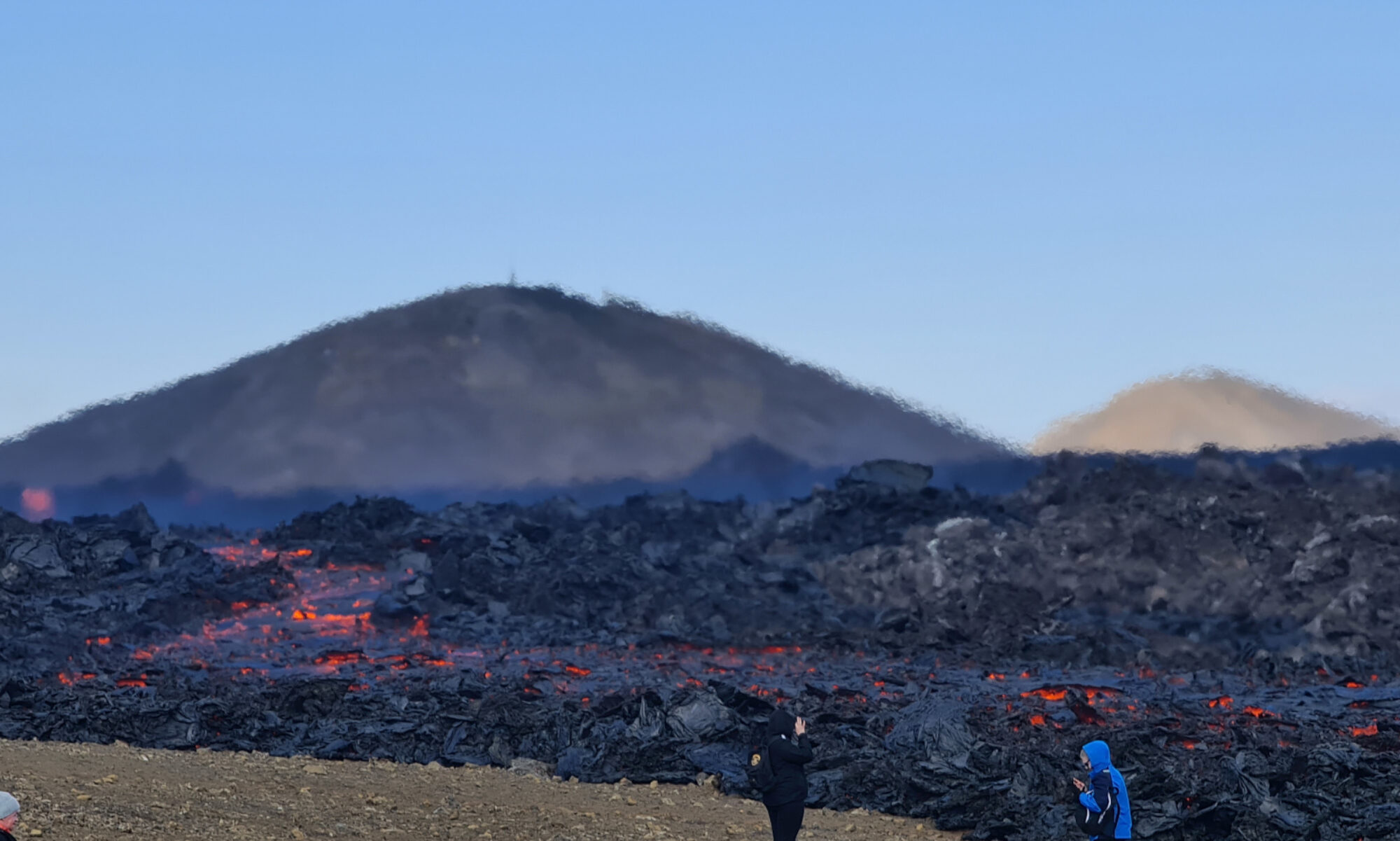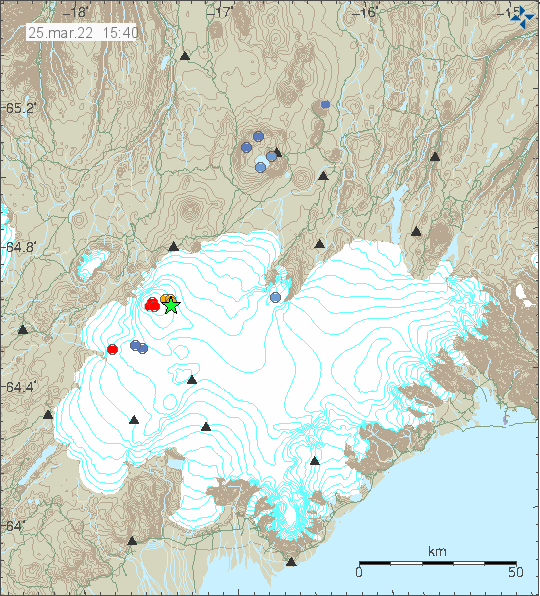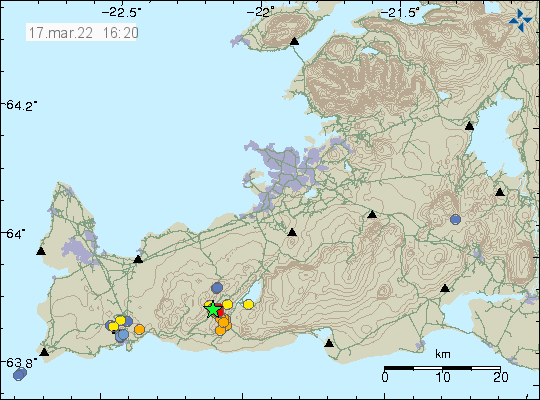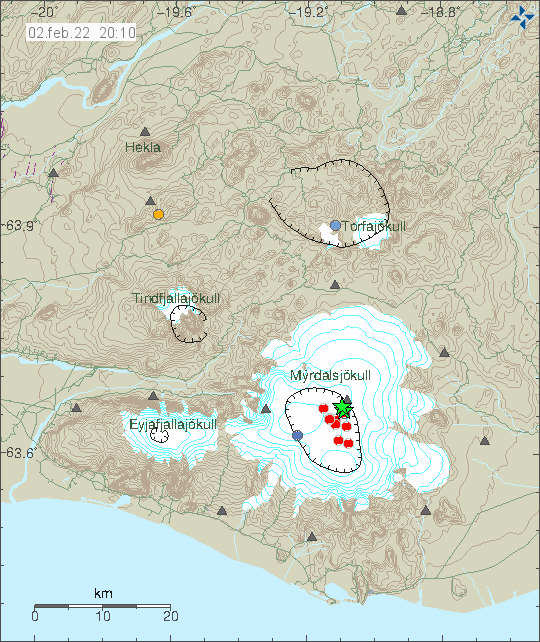Around 14:00 UTC an earthquake swarm started north of Grindavík town. This look like a tension breaking earthquake swarm and that suggests an inflation is happening again in Fagradalsfjall volcano (mountain). Largest earthquake so far had a magnitude of Mw3,3 and second largest earthquake so far had a magnitude of Mw3,0.


This earthquake swarm is ongoing, but like with all earthquakes swarms in this area it shows a sign of slowing down for few hours before continuing. There is a chance this earthquake swarm might be over. But I am not yet sure if that is the case.
Donations
Since I am broke in April. Please remember to support my work with donations if you can. Thanks for the support. 🙂





